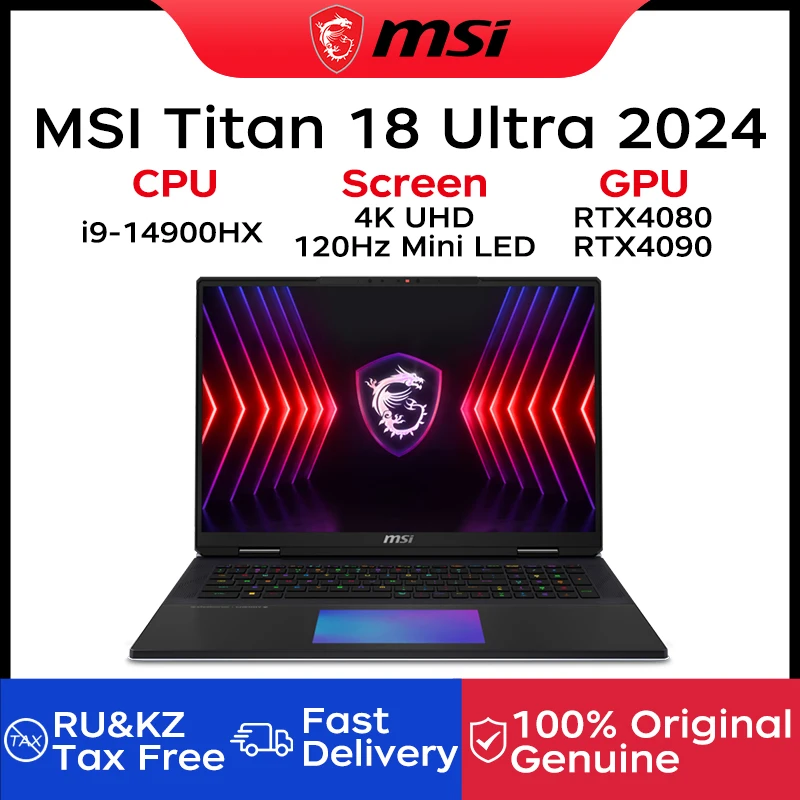Categories
Sponsored
Todays Deal
The evolution of online shopping has dramatically transformed the retail landscape, revolutionizing how consumers purchase products. From the humble beginnings of mail-order catalogs to the advanced e-commerce platforms we use today, the journey of online shopping is a fascinating tale of innovation, technology, and changing consumer behaviors. This comprehensive guide explores the history and development of online shopping, highlighting key milestones, technological advancements, and the impact on consumer habits.
The Origins of Mail-Order Shopping
The Birth of Catalog Shopping
Before the rise of the internet, mail-order catalogs were the primary means of remote shopping. In the late 19th century, companies like Montgomery Ward and Sears revolutionized retail by offering a wide range of products that could be ordered by mail. These catalogs provided detailed product descriptions and images, allowing consumers to browse and make purchases from the comfort of their homes.
- Key Milestone: In 1872, Aaron Montgomery Ward launched the first mail-order catalog, offering 163 items. This innovation paved the way for the future of remote shopping and set the foundation for the development of e-commerce.
Mail-order catalogs democratized shopping, making a variety of goods accessible to people in rural areas who previously had limited access to retail stores. The convenience, variety, and selection offered by catalogs laid the groundwork for future advancements in shopping.
The Emergence of E-Commerce
The Dawn of Online Shopping
The advent of the internet in the 1990s marked the beginning of a new era in shopping. The first secure online purchase was made in 1994, signaling the potential of e-commerce. Early online stores were simple and often focused on niche products, but they quickly grew in popularity as more people gained access to the internet.
- Key Milestone: In 1994, the first online purchase was made—a CD by the band Sting—using a secure transaction over the internet. This event marked the official start of e-commerce and introduced consumers to the concept of online shopping.
Online shopping introduced a new level of convenience and accessibility, allowing consumers to shop from anywhere at any time. The early days of e-commerce saw the rise of pioneering platforms like Amazon and eBay, which transformed the retail landscape and set the stage for the future of digital commerce.
The Rise of E-Commerce Giants
Amazon and eBay: Transforming Retail
In the late 1990s and early 2000s, e-commerce giants like Amazon and eBay emerged as dominant players in the online retail space. Amazon, founded by Jeff Bezos in 1994, started as an online bookstore but quickly expanded to offer a wide range of products. eBay, launched in 1995 by Pierre Omidyar, created a global marketplace for buyers and sellers to trade goods.
- Key Milestone: Amazon’s expansion from books to a vast array of products, including electronics, clothing, and groceries, established it as a leading e-commerce platform. eBay’s auction-based model attracted millions of users and facilitated peer-to-peer sales.
The success of Amazon and eBay demonstrated the potential of e-commerce and encouraged other businesses to establish their online presence. These platforms set the standard for customer service, delivery speed, and product variety, shaping the future of online shopping.
The Introduction of Secure Payment Systems
Building Trust in Online Transactions
A critical factor in the growth of online shopping was the development of secure payment systems. Early concerns about the safety of online transactions were addressed by advancements in encryption technology and the introduction of secure payment gateways like PayPal.
- Key Milestone: In 1998, PayPal was founded, providing a secure and convenient way for consumers to make online payments. PayPal’s success paved the way for other payment solutions and boosted consumer confidence in e-commerce.
Secure payment systems addressed consumer concerns about online fraud and identity theft, making online shopping a safer and more trusted option. The development of reliable payment gateways was crucial in building trust and encouraging more people to shop online.
The Mobile Shopping Revolution
Shopping on the Go
The proliferation of smartphones in the late 2000s and early 2010s brought about the next major shift in online shopping. Mobile commerce, or m-commerce, allowed consumers to shop directly from their mobile devices. Retailers adapted to this trend by developing mobile-friendly websites and apps.
- Key Milestone: The launch of the Apple App Store in 2008 and the subsequent rise of shopping apps revolutionized the way people shopped. Consumers could now browse, compare, and purchase products from their smartphones, anytime and anywhere.
The convenience and accessibility of mobile shopping further fueled the growth of e-commerce, making it an integral part of everyday life. Retailers invested in mobile optimization to enhance the user experience and capture the growing mobile shopper market.
The Influence of Social Media
Social Commerce and Influencer Marketing
Social media platforms like Facebook, Instagram, and Pinterest have played a significant role in shaping online shopping behaviors. Social commerce integrates shopping with social media, allowing users to discover and purchase products directly from their social feeds. Influencer marketing has also become a powerful tool for brands to reach and engage with consumers.
- Key Milestone: Instagram introduced shoppable posts in 2018, enabling users to click on product tags and make purchases without leaving the app. This seamless integration of social media and e-commerce has transformed the way people discover and buy products.
Social media platforms have become essential marketing channels for brands, providing opportunities to connect with consumers and drive sales through engaging content and targeted advertising. The rise of influencers and user-generated content has also shaped consumer preferences and shopping behaviors.
The Future of Online Shopping
Emerging Technologies and Trends
The evolution of online shopping is far from over. Emerging technologies and trends continue to shape the future of e-commerce, offering new possibilities and enhancing the shopping experience.
- Augmented Reality (AR): AR technology allows consumers to visualize products in their real-world environments before making a purchase. This is particularly useful for categories like fashion, furniture, and home decor.
- Artificial Intelligence (AI): AI-powered chatbots and recommendation engines provide personalized shopping experiences by analyzing consumer data and preferences.
- Voice Commerce: Voice-activated assistants like Amazon’s Alexa and Google Assistant are enabling hands-free shopping through voice commands.
As technology continues to evolve, the online shopping experience will become even more immersive, personalized, and convenient. Innovations in logistics, payment systems, and customer service will further enhance the efficiency and satisfaction of online shopping.
Conclusion
The journey of online shopping, from mail-order catalogs to sophisticated e-commerce platforms, has transformed the way we buy goods and services. Key milestones, such as the emergence of e-commerce giants, the development of secure payment systems, and the rise of mobile and social commerce, have shaped the landscape of online retail. As new technologies
Written by Ominy Market
Sponsored
From Our Blog

The rapid evolution of e-commerce has necessitated innovative solutions to meet growing consumer demands for faster and more efficient delivery. Among these solutions, delivery drones have emerged as a game-changer, promising to revolutionize logistics and redefine the last-mile delivery landscape. This comprehensive guide explores the future of delivery drones in e-commerce logistics, the potential disadvantages, and the various types of delivery drones.

The rapid advancement of technology has brought about significant changes in the retail industry, with data analytics playing a pivotal role in driving innovation. By leveraging vast amounts of data, retailers can gain valuable insights into consumer behavior, optimize operations, and create personalized shopping experiences. This comprehensive guide explores how data analytics is revolutionizing online shopping and retail, highlighting its impact on various aspects of the industry.

The digital age has brought about a seismic shift in the way we shop, driven largely by technological advancements that have transformed the online shopping experience. From artificial intelligence and augmented reality to blockchain and big data, technology is continually evolving, creating a more seamless, personalized, and secure shopping experience for consumers. This comprehensive guide explores how technology is revolutionizing the online shopping experience and reshaping the future of retail.

The rise of online shopping has revolutionized the way we purchase goods and services. From the convenience of shopping from home to the vast array of products available at our fingertips, modern consumers are increasingly turning to e-commerce for their shopping needs. This comprehensive guide explores the numerous benefits of online shopping for today’s consumers, highlighting why it has become a preferred choice for many.
Hot Offer!
Just In!
- Image
- Rating
- Price
- Availability
- Add to cart
- Description
- Content
- Weight
- Dimensions
- Additional information
- Home
- Wishlist
- Menu
- Login / SignupMy account Account

 Hair attachments and weavons
Hair attachments and weavons Clothing
Clothing Men's Clothing
Men's Clothing Women's Clothing
Women's Clothing Laptops
Laptops Consumer electronics
Consumer electronics Storage devices
Storage devices Computer Accessories????
Computer Accessories???? Kids and babies
Kids and babies Watches
Watches Work protection and security
Work protection and security





Leave a Reply